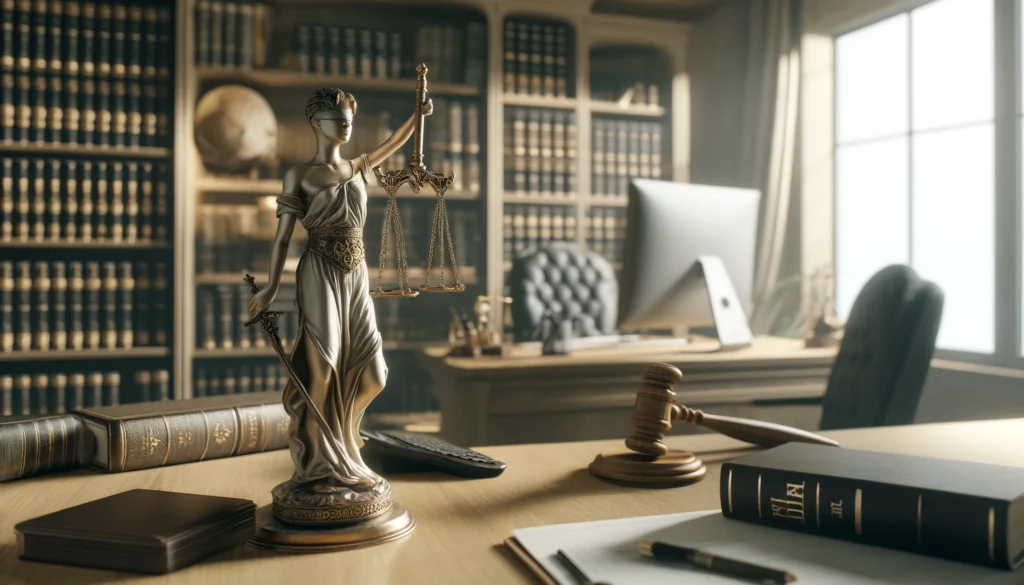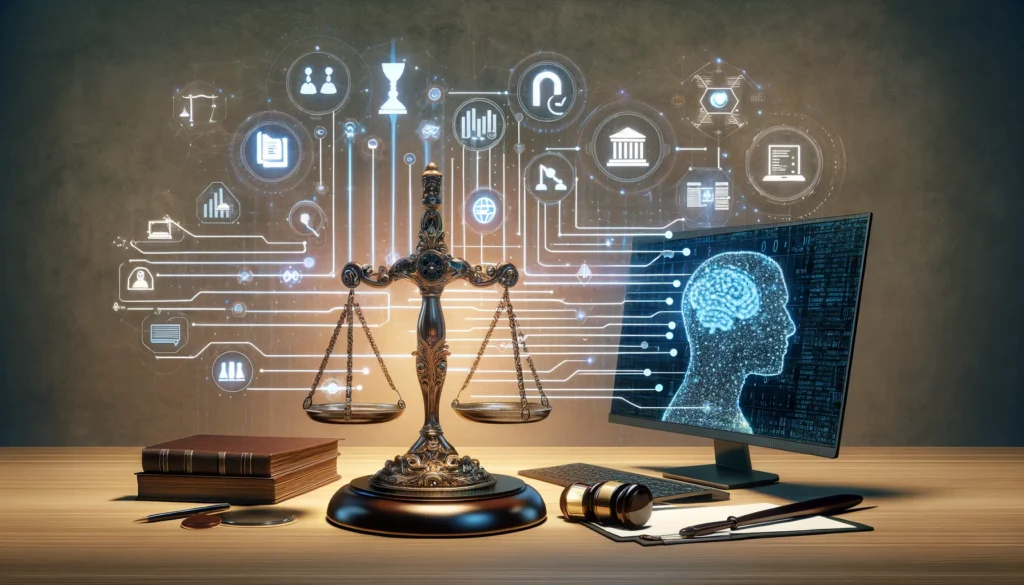
Let’s be real, paralegals – drafting stock transfer agreements is no walk in the park. These intricate documents are the linchpins of corporate equity transactions, meticulously delineating all the terms and conditions that govern the exchange of ownership. One tiny misstep, and you could be facing a legal quagmire that would make even the most seasoned attorneys break out in a cold sweat.
But fear not, for a powerful ally has arrived in the form of language models like ChatGPT. These cutting-edge AI tools are about to become your new best friends, offering a game-changing solution to streamline the entire agreement drafting process. Say goodbye to pulling your hair out over legal complexities and nuanced stipulations!
In this guide, we’ll unveil five prompting techniques designed to help you unleash the full potential of language models. From crafting robust templates to simplifying legal jargon, and facilitating seamless collaboration, these strategies will elevate your productivity to new heights. You’ll be drafting agreements with unprecedented efficiency and precision, leaving your colleagues in awe of your newfound superpowers.
So buckle up, let’s dive right in. First up, we’re going to master the art of generating a comprehensive stock transfer agreement template that’ll serve as the foundation for all your drafting wizardry.
Prompt 1: Creating a Comprehensive Template
Alright, let’s kick things off with a prompting technique that’ll have you whipping up stock transfer agreement templates like a seasoned chef. We’re talking about templates that are so robust and comprehensive, they’ll make your old boilerplate versions look like they were written on napkins.
Here’s how you can leverage the power of ChatGPT to craft templates that cover all the bases:
The All-Inclusive Prompt: “Generate a comprehensive template for a stock transfer agreement that includes the following essential sections: [list out all the key sections, e.g., Recitals, Definitions, Purchase and Sale, Representations and Warranties, Covenants, Conditions to Closing, Indemnification, Miscellaneous Provisions, etc.].”
The Clause Prompt: “For each section of the stock transfer agreement template, provide examples of typical clauses and provisions that should be included, along with brief explanations of their purpose and importance.”
The Customization Prompt: “Suggest optional clauses or additional sections that can be incorporated into the template to account for specific transaction types, industries, or jurisdictional requirements.”
By implementing these prompts, you’ll be able to generate templates that are not only comprehensive but also flexible enough to accommodate a wide range of scenarios and deal structures.
Pro Tip: Don’t be afraid to get specific with your prompts. The more details you provide, the better ChatGPT can tailor the output to your exact needs.
With a rock-solid template in hand, you’ll be well-equipped to tackle the next challenge: customizing the agreement to fit the unique terms and requirements of each specific transaction.
Prompt 2: Customizing for Specific Transactions
Now that we’ve got a killer stock transfer agreement template under our belts, it’s time to dive into the nitty-gritty of tailoring that bad boy to fit the unique nuances of each transaction. After all, every deal is a special snowflake, and a one-size-fits-all approach just won’t cut it in the legal world.
But fear not, for ChatGPT has got your back when it comes to customization. With these prompting techniques, you’ll be able to mold that template into a bespoke masterpiece, capturing all the quirky details and deal-specific provisions like a pro.
The Transaction Details Prompt: “Based on the following key transaction terms [provide details like purchase price, payment terms, closing conditions, etc.], revise the relevant sections of the stock transfer agreement template to accurately reflect the agreed-upon deal points.”
The Rep and Warranty Prompt: “Expand the Representations and Warranties section to include specific representations and warranties tailored to [the company/industry/transaction type]. Provide examples and explanations for each additional clause.”
The Scenario Prompt: “Let’s assume the following hypothetical scenario: [describe a specific situation or contingency]. Suggest new clauses or revisions to the agreement that would address and mitigate any potential risks or issues arising from this scenario.”
With these prompts in your arsenal, you’ll be able to transform that generic template into a finely tuned legal instrument, capturing every intricate detail and safeguarding your client’s interests like a boss.
Pro Tip: Don’t be shy about pushing ChatGPT’s capabilities. The more specific and nuanced your prompts, the better the AI can leverage its knowledge to deliver tailored, transaction-specific output.
Once you’ve nailed down the customization, it’s time to bring in the big guns and ensure your agreement is legally bulletproof. Next up, we’ll explore prompting techniques to cross-check compliance and identify potential legal landmines before they can blow up in your face.
Also read:
Prompt 3: Ensuring Legal Compliance and Accuracy
We’ve mastered the art of creating comprehensive templates and tailoring them to fit specific transactions like a glove. But let’s be real, even the most meticulously crafted agreement isn’t worth the paper it’s printed on if it doesn’t pass muster with the powers that be.
That’s where leveraging ChatGPT’s capabilities to ensure legal compliance and accuracy comes into play. With these prompting techniques in your arsenal, you’ll be able to cross all your t’s and dot those pesky i’s, leaving no room for legal loopholes or regulatory mishaps.
The Compliance Prompt: “Review the stock transfer agreement for compliance with all relevant federal, state, and local laws and regulations pertaining to [specify industry/transaction type/jurisdiction]. Highlight any potential areas of non-compliance and suggest revisions to address them.”
The Risk Assessment Prompt: “Analyze the agreement for any clauses or provisions that could expose the parties to legal risks or liabilities. For each identified risk, propose modifications or additional language to mitigate or eliminate the potential issue.”
The Precedent Prompt: “Compare the agreement against similar precedent documents and highlight any deviations from established legal standards or industry norms. Explain the rationale behind these deviations and recommend whether they should be adjusted for consistency.”
By implementing these prompts, you’ll transform ChatGPT into your own personal legal compliance officer, ensuring that your agreements are watertight and can withstand even the most scrutinous of regulatory inspections.
Pro Tip: Keep your compliance prompts as specific as possible, referencing relevant laws, regulations, and jurisdictional nuances to maximize accuracy.
With legal compliance locked down, you’ll be ready to tackle one of the most critical aspects of agreement drafting: simplifying complex legal jargon and ensuring crystal-clear communication for all parties involved.
Also read:
Prompt 4: Simplifying Complex Terminology and Concepts
Legal jargon can be about as clear as mud, with complex terminology and convoluted phrasing that often leaves clients scratching their heads in bewilderment. But fear not, for ChatGPT is here to be your trusty translator, helping you break down even the most intricate concepts into language that mere mortals can actually understand.
The Plain Language Prompt: “Identify sections of the stock transfer agreement that contain complex legal terminology or technical jargon. Rephrase these sections using plain, easily understandable language while preserving the original legal meaning and intent.”
The Concept Explanation Prompt: “For the following key concepts [list out terms like accredited investor, anti-dilution provisions, drag-along rights, etc.], provide clear, concise explanations that someone without a legal background could comprehend.”
The Example Prompt: “Illustrate the practical implications and real-world applications of [specific clause or provision] by providing a concrete, relatable example scenario.”
By leveraging these prompts, you’ll transform that impenetrable legalese into crystal-clear communication, ensuring that even the most complex agreements are easily digestible for all parties involved – from seasoned executives to the summer interns.
With simplicity and clarity at the forefront, you’ll be well-positioned to facilitate seamless collaboration and efficient review processes. Next up, we’ll explore how to leverage ChatGPT’s capabilities to streamline interactions with attorneys and clients.
Also read:
Prompt 5: Collaborating with Attorneys and Clients
We’ve covered all the bases – crafting killer templates, customizing for specific deals, ensuring compliance, and simplifying those tongue-tying legal terms. But let’s be real, no agreement is truly complete until it’s been put through the wringer of the review and approval process.
This is where ChatGPT can be your ultimate collaboration wingman, helping you navigate the often choppy waters of working with attorneys and clients to perfect those hard-crafted agreements. Here are some prompts to help you sail through smoothly:
The Feedback Integration Prompt: “Based on the following comments and revision requests [provide feedback from attorneys/clients], update the stock transfer agreement accordingly while ensuring consistency and coherence throughout.”
The Negotiation Prompt: “Summarize the key points of disagreement between the parties regarding [specific clause/section]. Then, propose potential compromises or alternative language that could satisfy the interests of both sides.”
The Version Control Prompt: “Track all revisions made to the agreement, providing a clear change log that highlights modifications, rationale, and which party/individual requested each change.”
With these prompts up your sleeve, you’ll be able to seamlessly incorporate feedback, facilitate negotiations, and maintain a clear audit trail – making the review process a well-oiled machine.
As we approach the finish line, it’s clear that the future of agreement drafting lies in the harmonious union of human expertise and artificial intelligence.
Also read:
Unlocking AI’s Potential: The Paralegal’s Path to Simplified Agreements
We’re witnessing a seismic shift in the legal landscape, and those who refuse to evolve will be left in the dust. The path forward is clear: it’s time to forge an unbreakable alliance between human expertise and artificial intelligence.
In this guide, we’ve unveiled the secrets to leveraging language models like ChatGPT, unlocking new realms of efficiency and precision in agreement drafting. From crafting bulletproof templates to decoding legal mumbo-jumbo, these AI-powered techniques will revolutionize your workflow.
But let’s be clear – this isn’t about replacing paralegals; it’s about augmenting your skills and propelling you to new heights. Embrace the future, for the legal world is transforming, and those who wield the power of AI will be the architects of tomorrow’s agreements.
The time is now. Join the vanguard, and let’s forge a new era of simplified, streamlined, and superior legal documentation together.


